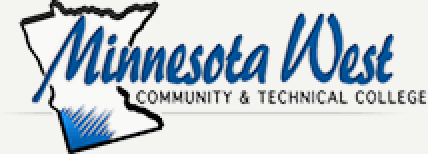CHEM 1100 Introduction to Chemistry
CHEM 1100: Introduction to Chemistry
Description
Introduction to Chemistry introduces fundamental theories and applications of chemistry including measurement, atomic theory, bonding theory, nomenclature, chemical quantities, chemical reactions, states of matter, solutions, acids and bases, and nuclear chemistry. This course is for students with no recent background in chemistry and is intended for non-science majors and students preparing for General Chemistry I. This course includes a lab.
Credits
3
Prerequisite
High school algebra (or) MATH 1107 (or) placement by multiple measure
Corequisite
None
Topics to be Covered
1. Chemistry and measurements
2. Matter and energy
3. Atoms and elements
4. Electronic structure of atoms and periodic trends
5. Ionic and molecular compounds
6. Chemical quantities
7. Chemical reactions
8. Stoichiometry
9. Bonding and properties of solids and liquids
10. Gases and gas laws
11. Solutions
12. Reaction rates and chemical equilibrium
13. Acids and bases
14. Oxidation and reduction
15. Nuclear chemistry
Learning Outcomes
1. Demonstrate understanding of the composition of matter including atomic structure, bonding, ionic and molecular compounds, solids, liquids, gases, solutions, and intermolecular forces.
2. Demonstrate understanding of physical and chemical changes including chemical equations, stoichiometry, reaction rates, and equilibrium.
3. Report and interpret measurements including uncertainty and sources of error.
4. Formulate and test hypotheses by performing laboratory or simulation experiments.
5. Communicate experimental findings, analysis, and interpretations.
6. Identify and interrogate environmental and societal issues from the perspective of a chemist.
Credit Details
Lecture: 2
Lab: 1
OJT: 0
MnTC Goal Area(s): Goal Area 03 - Natural Sciences
Minnesota Transfer Curriculum Goal Area(s) and Competencies
Goal Area 03: Natural Sciences
1. Demonstrate understanding of scientific theories.
2. Formulate and test hypotheses by performing laboratory, simulation, or field experiments in at least two of the natural science disciplines. One of these experimental components should develop, in greater depth, students’ laboratory experience in the collection of data, its statistical and graphical analysis, and an appreciation of its sources of error and uncertainty.
3. Communicate their experimental findings, analyses, and interpretations both orally and in writing.
4. Evaluate societal issues from a natural science perspective, ask questions about the evidence presented, and make informed judgments about science-related topics and policies.
